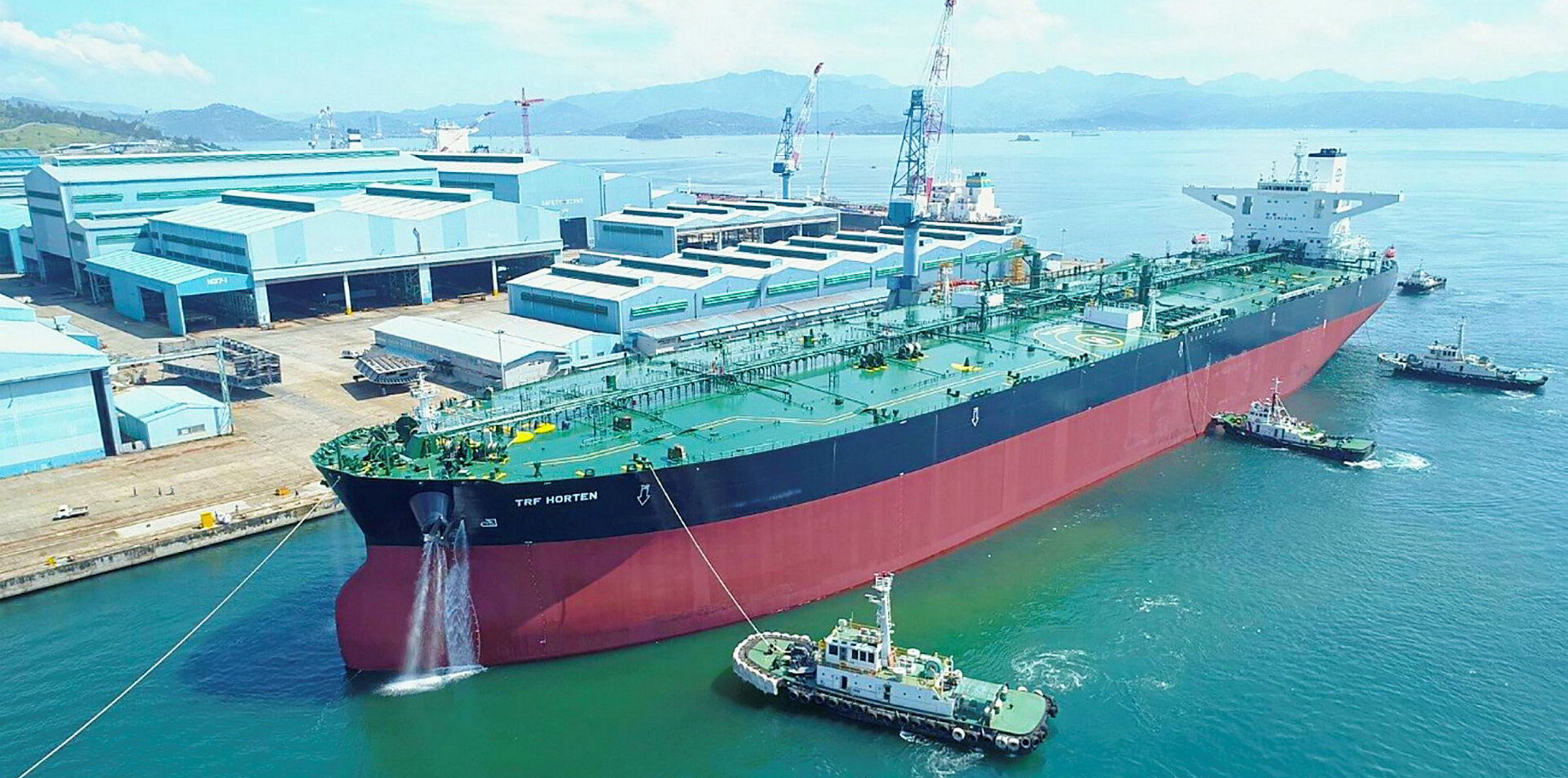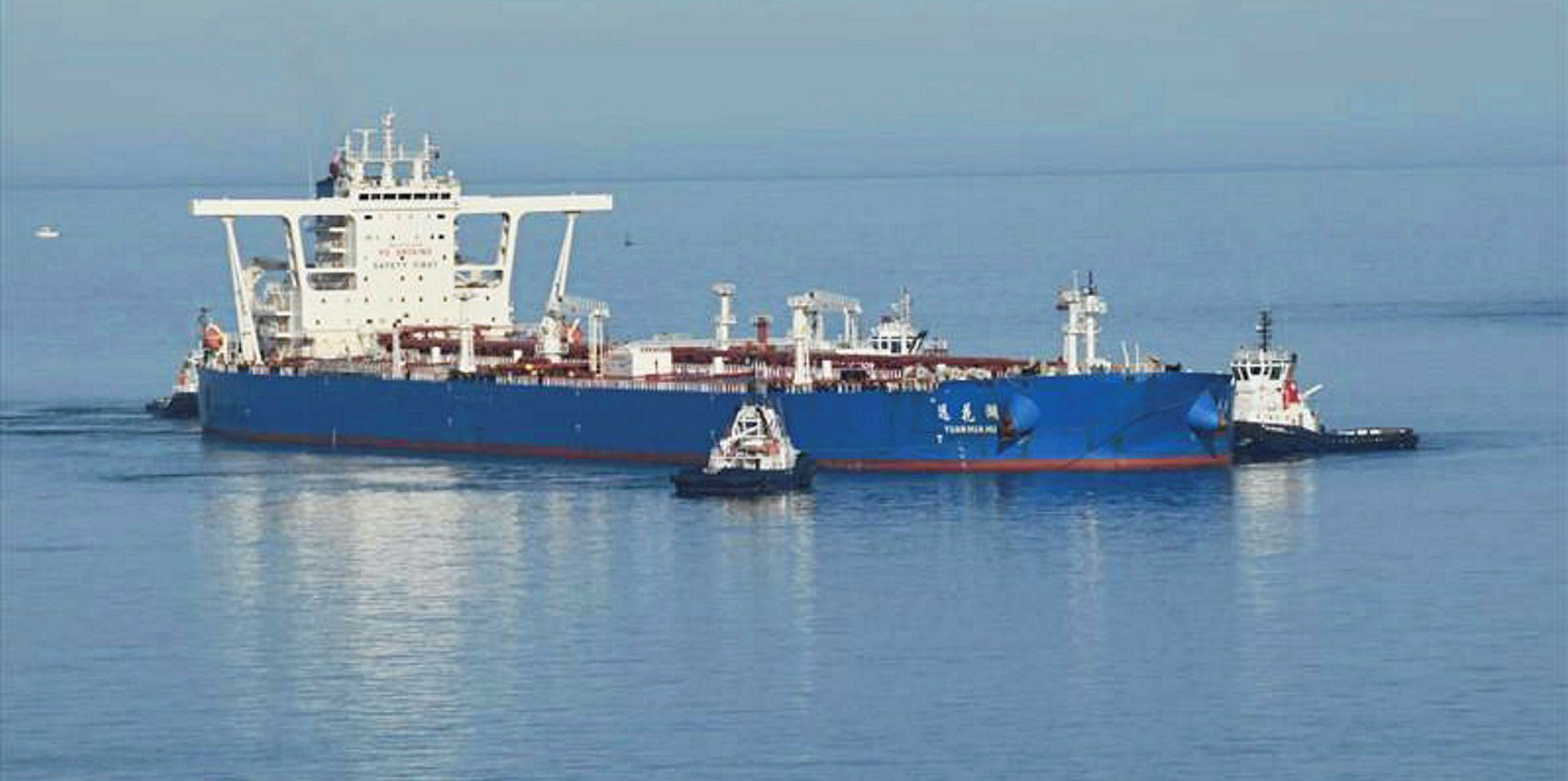Tanker owners now have to face up to the consequences of the extraordinary surge in rates during the first half of 2020, according to Bimco.
The shipowners' organisation's chief shipping analyst, Peter Sand, said the sector will be paying the price of the boom for the remainder of the year.
"The higher demand for shipping at the time was not because of higher immediate consumption, but because of future demand being brought forward as importing refiners sought to benefit from the lower price," Sand added.
He believes the loss of several years’ growth in global demand for oil, and consequently for tanker shipping, will lead to a worsening of the fundamental balance in the market.
"Though fleet growth will be lower, as a result of the drop in contracting during the pandemic and the poorer outlook in the coming years, the fleet will continue to grow year on year," Sand said.
UK shipbroker Howe Robinson Partners assessed the Middle East Gulf to South Korea route at $9,590 per day for VLCCs on Wednesday, against more than $200,000 during the second quarter peak.
The US Energy Information Agency does not expect global oil demand to return to pre-pandemic levels in 2021.
No demand recovery until 2022
Instead, it sees demand rising to 100m barrels per day (bpd) next year, against just over 101m bpd in 2019.
Sand said 2022 appears to be the year when volumes will recover.
In contrast to other major shipping sectors, crude tankers have seen little demolition in the first six months of the year, the Bimco analyst said.
Only seven ships were scrapped in the first eight months of 2020, totalling nearly 682,000 dwt.
No VLCCs have been torched, while 26 were delivered, adding 7.9m dwt to the fleet.
This is on top of the 68 VLCCs delivered in 2019, which led to the VLCC fleet growing by 8.6%.
Bimco said the last VLCC to be demolished was in June 2019, with only four having been demolished since October 2018.
Scrapping to pick up
The shipowners organisation is expecting demolition activity to rise as freight rates and actual demand for tanker shipping falls, with total crude tanker demolition coming to 7.5m dwt in the full year and 1m dwt of product tankers being recycled.
One potential scrap candidate, the 290,000-dwt VLCC ADS Stratus (built 2002), was sold for further trading by ADS Crude Carriers this week, for a healthy $25.5m.
Bimco is forecasting product tanker fleet growth of 2.7% in 2020, while the crude fleet is predicted to increase 2.4%.
"This represents a marked slowdown from last year, when they grew by 4.6% and 6.2% respectively," Sand said.
Total tanker deliveries have totalled 16.2m dwt so far this year, a 43.9% drop from last year.
Slower fleet growth to continue
Sand expects the slowdown in fleet growth will continue in the coming years, as the pandemic has lowered contracting activity.
Orders for new crude oil tankers have fallen by 37.9% so far this year compared with 2019.
With the orderbook at 4.1m dwt, product tankers are the only segment in which there have been more new orders in the first eight months of this year than the same period of last year. The growth represents a 32% increase.
The figure was boosted by Saudi Arabian owner Bahri's recent order for 10 MR tankers.
Prices falling
Sand said: "The lower contracting activity fits with the poorer outlook, which is also reflected in the value of second-hand tankers."
Prices for 10-year-old VLCCs and LR2s both fell by 19.2% and 18.4%, respectively, from the start of the year to late-August.
A new VLCC is worth 7.5% less now than at the start of the year, which represents a decline of $7.35m. The value of an LR2 has fallen by 1.7% , or $860,000.
Norwegian investment bank Cleaves Securities calculated this week that new VLCC prices were at their lowest point since the 1980s, if adjusted for inflation.







